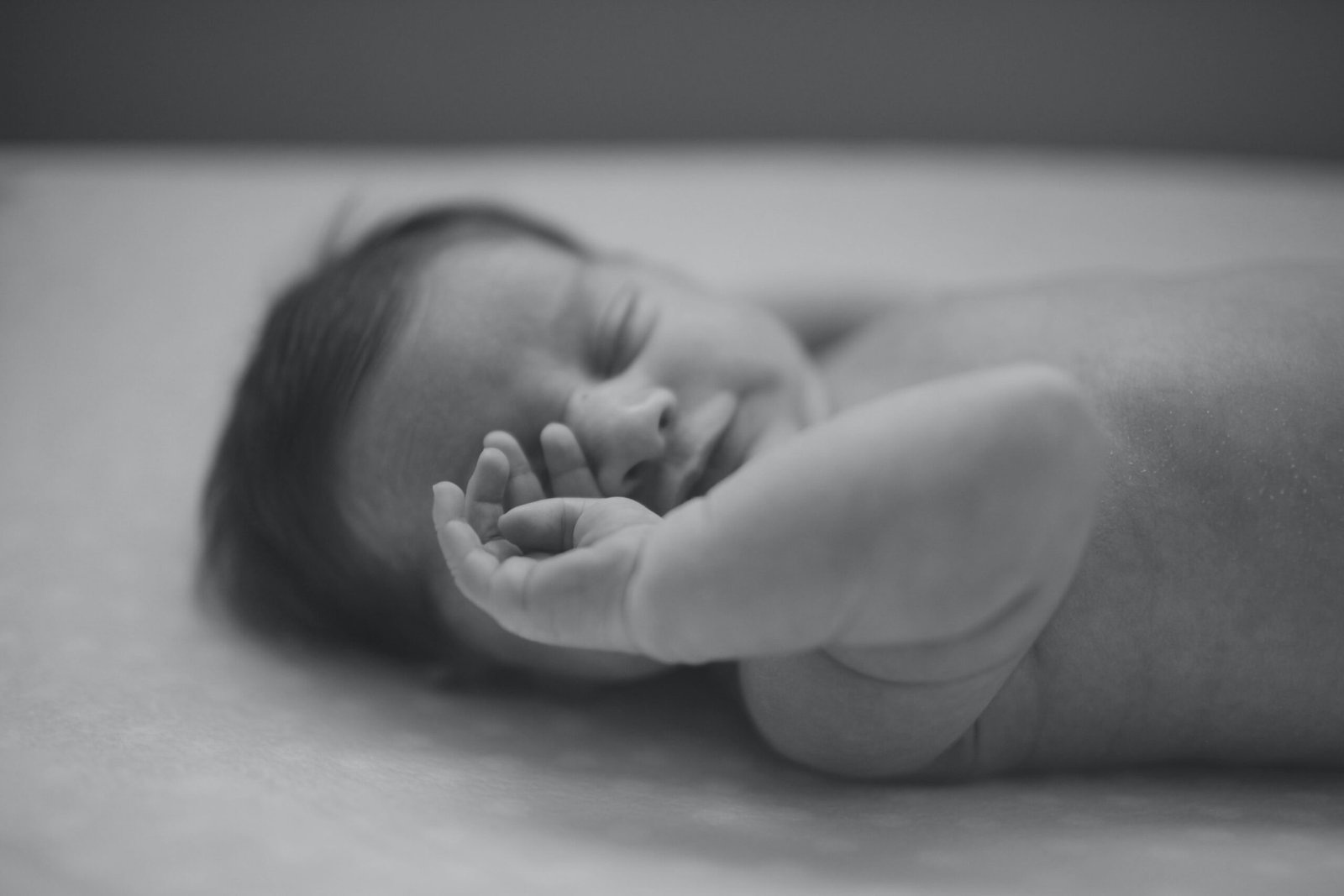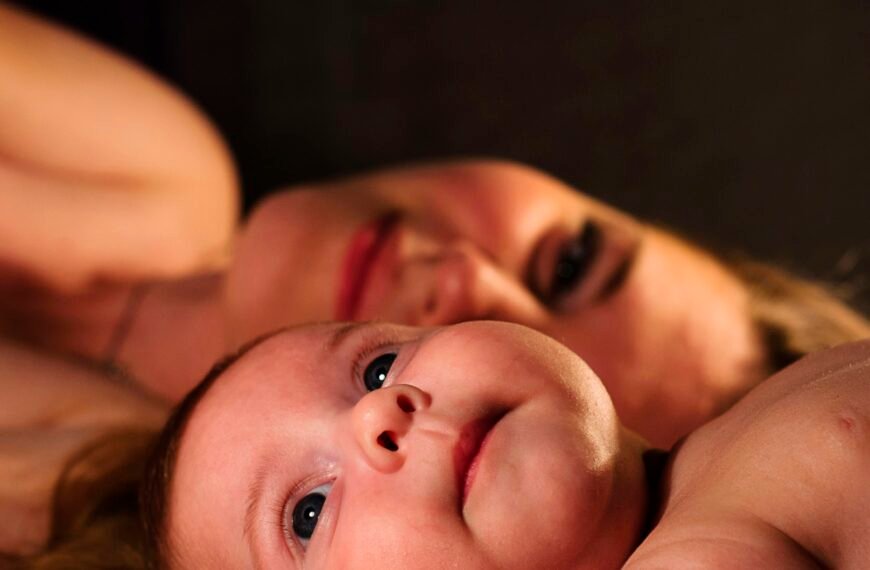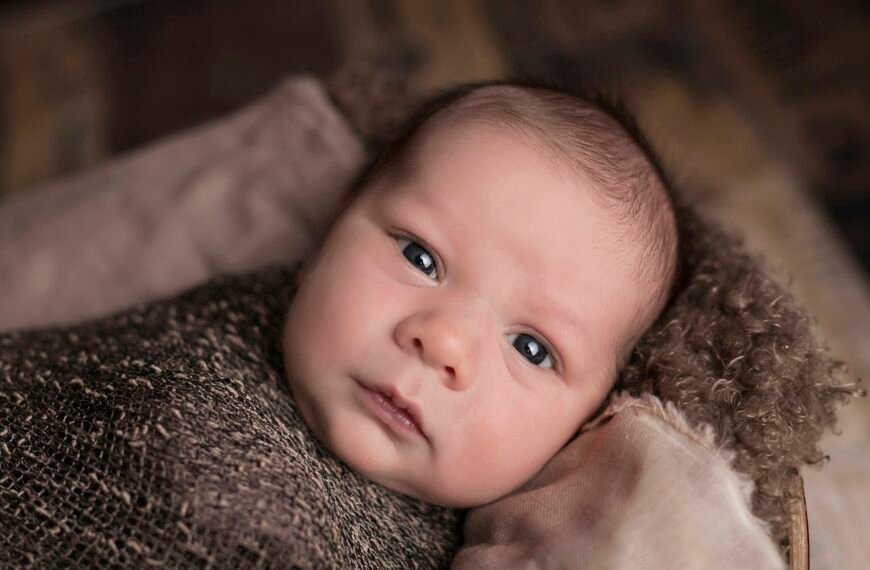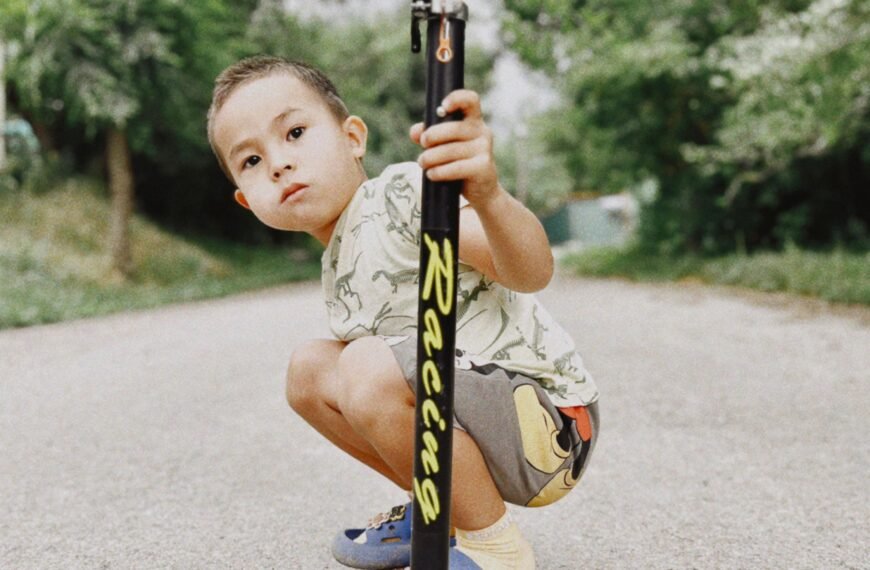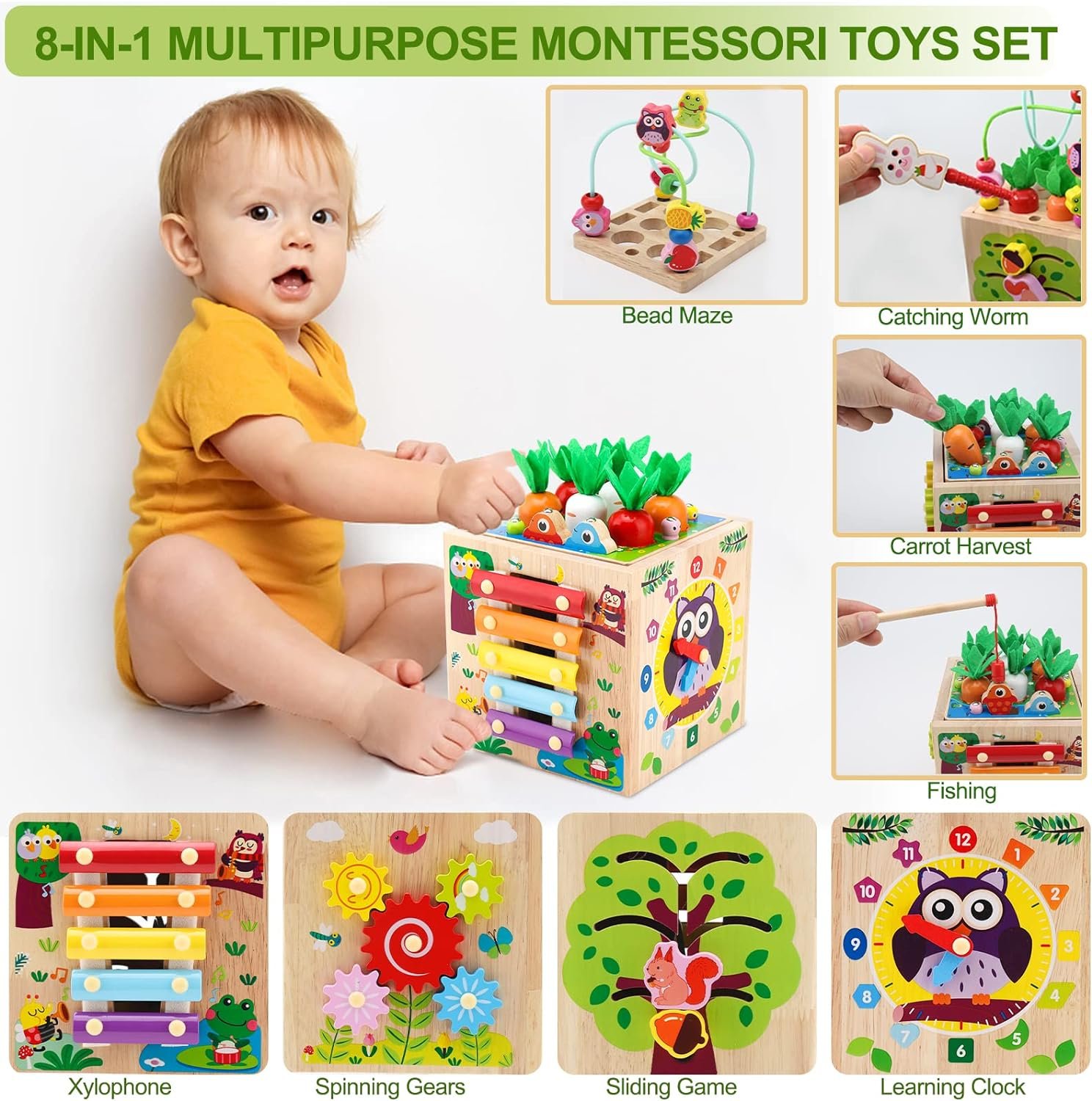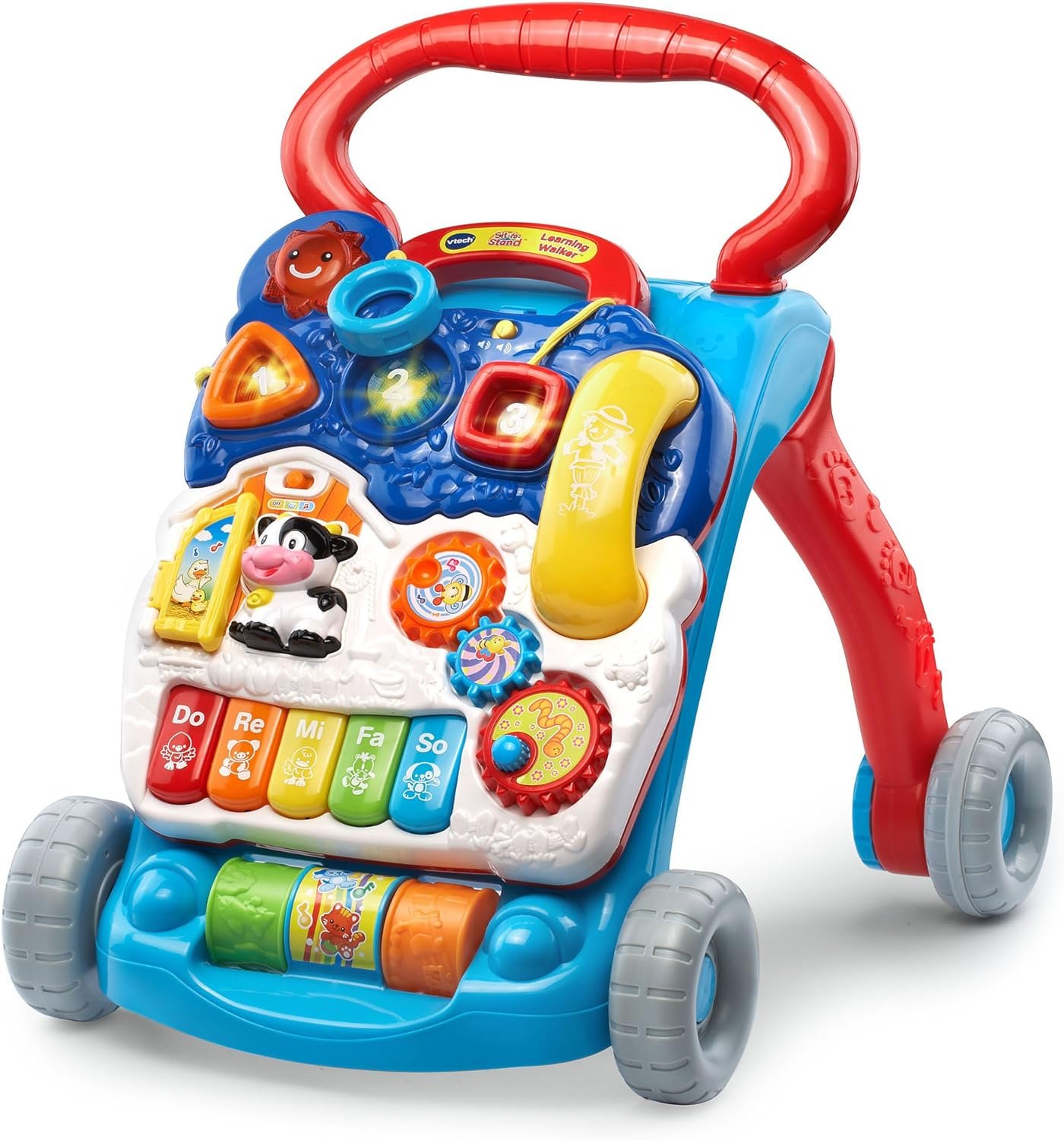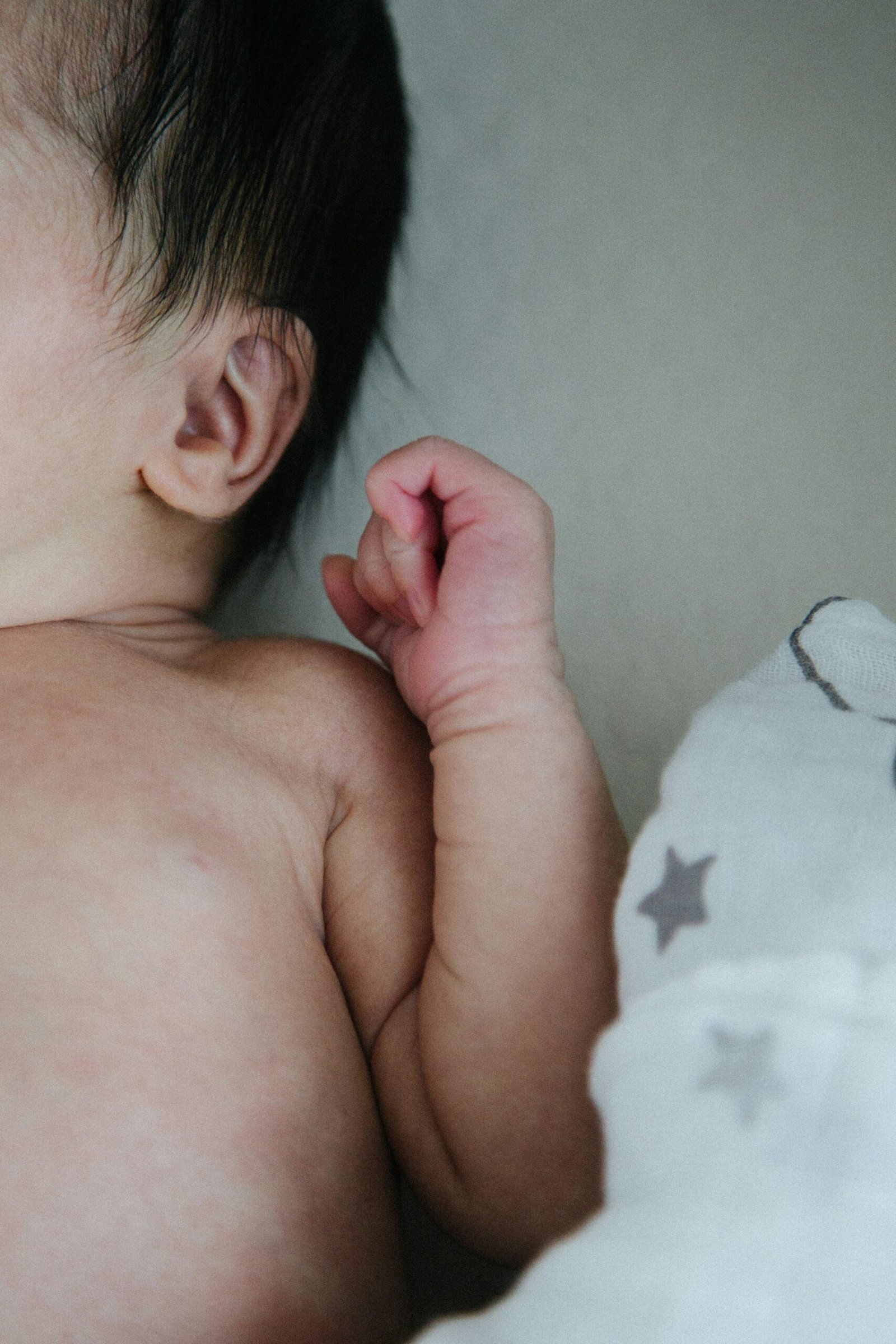If you have little ones at home, you know that keeping their soft baby toys clean is essential. But with all the drool, dirt, and occasional accidents, it can be a challenge to know the best way to keep them fresh and germ-free. Luckily, there are simple and effective methods to clean soft baby toys that will leave them spotless and ready for playtime. In this article, you’ll discover step-by-step instructions on how to clean soft baby toys, ensuring a safe and hygienic environment for your little bundle of joy.
Check Baby Toys Guide & Review
Types of Soft Baby Toys
Plush Toys
Plush toys, also known as stuffed animals, are a classic and popular choice for babies. These soft toys are usually made of plush fabric and filled with cotton or polyester stuffing. Plush toys come in various shapes, sizes, and animal designs, making them appealing to little ones. They often become cherished companions and provide comfort and security for babies.
Fabric Books
Fabric books are a wonderful way to introduce babies to the joy of reading. These soft books are made of fabric or cloth and feature colorful pictures and simple text. They are designed to be safe for babies to explore, chew, and play with. Fabric books stimulate a baby’s senses and help develop cognitive and fine motor skills.
Soft Blocks
Soft blocks are ideal for babies who are starting to explore their surroundings and develop their motor skills. These blocks are made of soft, lightweight materials, such as foam or fabric, making them safe and easy for babies to handle. Soft blocks often have vibrant colors, numbers, letters, or pictures on each side, providing sensory stimulation and learning opportunities for babies.
Teething Toys
Teething can be a challenging time for both babies and parents. Teething toys are specifically designed to soothe a baby’s sore gums and provide relief during this stage. These toys can be made of various materials, such as silicone or rubber, and often have textured surfaces for babies to chew on. Teething toys are not only comforting for babies but also help promote healthy oral development.
General Cleaning Guidelines
Check the Care Instructions
Before cleaning any soft baby toy, it’s essential to check the care instructions provided by the manufacturer. Each toy may have specific guidelines regarding cleaning methods, detergents, and temperatures. Following the care instructions will help ensure that you clean the toy properly without causing any damage.
Remove Excess Dirt and Debris
Start by removing any visible dirt, debris, or loose threads from the toy. Gently shake or pat the toy to dislodge any surface dirt. If the toy has any detachable parts like ribbons or squeakers, remove them before cleaning. This step will help prevent any loose or small parts from being damaged during the cleaning process.
Hand Wash or Machine Wash?
When it comes to cleaning soft baby toys, you usually have two options: hand washing or machine washing. Hand washing is a more gentle method that allows you to have better control over the cleaning process. On the other hand, machine washing can be more convenient, especially for larger toys or when you have multiple toys to clean.
Choosing the Right Detergent
Selecting a gentle and baby-friendly detergent is crucial when cleaning soft baby toys. Avoid using harsh detergents that contain bleaching agents, strong fragrances, or other chemicals that could irritate a baby’s sensitive skin. Look for detergents labeled as hypoallergenic or specifically designed for baby laundry.
Spot Cleaning
For small stains or localized dirt, spot cleaning can be an effective and quick solution. Using a mild soap or baby detergent mixed with water, gently dab the stained or dirty area with a clean cloth or sponge. Be sure to rinse the area thoroughly with clean water and let it air dry completely before allowing your baby to play with the toy again.

Cleaning Plush Toys
Preparation
Before cleaning plush toys, remove any accessories or detachable parts, such as clothing or ribbons. Check the care instructions for any specific guidelines. If the toy contains electronic or musical components, such as a sound box, avoid immersing those parts in water.
Hand Washing Method
If the care instructions allow for hand washing, fill a basin or sink with warm water and add a small amount of baby detergent. Gently submerge the plush toy in the water, making sure it is fully soaked. Use your hands to agitate the water and clean the toy, paying particular attention to any stained or dirty areas. Rinse the toy thoroughly with clean water to remove all detergent residue.
Machine Washing Method
For machine washing, place the plush toy in a laundry bag or pillowcase to protect it during the washing cycle. Set the washing machine to a gentle or delicate cycle with cold water. Add a small amount of baby detergent to the machine. Avoid using harsh spin cycles or high temperatures, as they can damage the toy or cause the stuffing to clump. Once the cycle is complete, remove the toy from the laundry bag or pillowcase.
Drying Plush Toys
After washing, gently squeeze out any excess water from the plush toy. Avoid wringing or twisting the toy, as this can damage the fibers or stuffing. Place the toy on a clean, absorbent towel and gently press to remove additional moisture. Allow the toy to air dry completely in a well-ventilated area, away from direct sunlight or heat sources. Ensure that the toy is fully dry before returning it to your baby.
Stain Removal
If your plush toy has stubborn stains that didn’t come out with regular cleaning, there are a few additional steps you can take. For fabric toys, you can try using a stain remover specifically designed for delicate fabrics. Apply a small amount of the stain remover to the stained area and gently blot it with a clean cloth. Rinse thoroughly and allow the toy to dry completely. For tougher stains, you may need to seek professional cleaning services to avoid causing further damage.
Cleaning Fabric Books
Preparation
Before cleaning fabric books, check the care instructions if they are attached to the book. Some fabric books may have specific cleaning guidelines, so it’s essential to follow them. Remove any loose debris or dirt from the book by gently shaking it upside down or using a soft brush or cloth.
Spot Cleaning
If the fabric book has small stains or localized dirt, spot cleaning can be an effective solution. Dip a clean cloth or sponge in a mixture of mild soap or baby detergent and water. Gently blot the stained or dirty areas, being careful not to saturate the fabric excessively. Rinse the cloth or sponge with clean water and continue blotting until the stains or dirt are removed.
Hand Washing Method
For a more thorough cleaning, you can hand wash fabric books. Fill a basin or sink with lukewarm water and add a small amount of baby detergent. Submerge the fabric book in the soapy water, agitating it gently with your hands to dislodge dirt or stains. Pay extra attention to any creases or folds in the fabric. Rinse the book thoroughly with clean water to remove all detergent residue.
Drying Fabric Books
After cleaning, gently squeeze out any excess water from the fabric book. Avoid wringing or twisting the book, as this can damage the fabric or cause pages to warp. Lay the book flat on a clean towel, carefully arranging the pages and cover in their proper positions. Allow the book to air dry completely in a well-ventilated area, away from direct sunlight or heat sources.
Protective Measures
To prevent future dirt or stains on fabric books, consider using protective measures. Encourage your baby to wash their hands before handling the book to minimize transferring dirt or oils onto the fabric. Additionally, you can create a designated area for reading and playing with fabric books away from food or liquids to reduce the risk of spills.
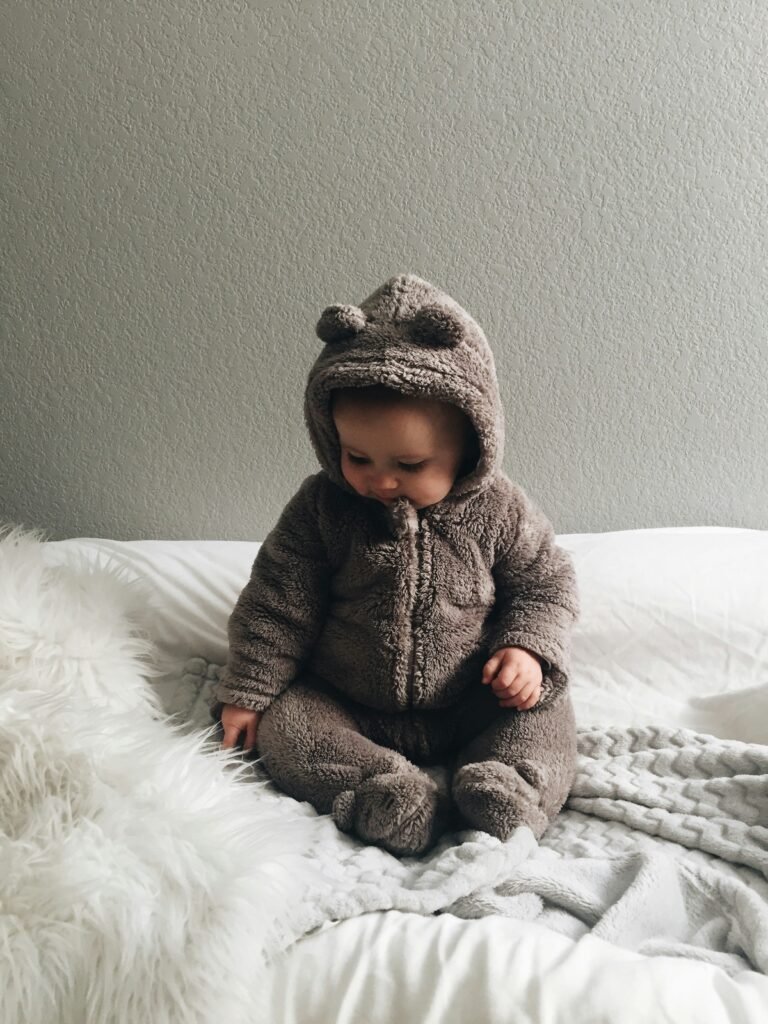
Cleaning Soft Blocks
Preparation
Before cleaning soft blocks, check the care instructions provided by the manufacturer. Some soft blocks may have specific cleaning guidelines, so it’s important to follow them. Remove any loose dirt or debris from the blocks by wiping them with a clean, damp cloth.
Hand Washing Method
Hand washing is the recommended method for cleaning soft blocks. Fill a basin or sink with warm water and add a small amount of baby detergent. Submerge the soft blocks in the soapy water and use your hands to gently scrub them, paying attention to any stained or dirty areas. Rinse the blocks thoroughly with clean water to remove all soap residue. Wipe them with a clean towel to remove excess moisture.
Machine Washing Method
If the care instructions approve machine washing, place the soft blocks in a laundry bag or pillowcase to protect them during the wash cycle. Set the washing machine to a delicate or gentle cycle with cold water. Add a small amount of baby detergent. Once the cycle is complete, remove the blocks from the laundry bag or pillowcase.
Drying Soft Blocks
After washing, squeeze out any excess water from the soft blocks. Avoid twisting or wringing them, as this can distort their shape. Place the blocks on a clean towel and gently press to remove additional moisture. Allow them to air dry completely in a well-ventilated area, away from direct sunlight or heat sources.
Disinfecting Soft Blocks
To disinfect soft blocks, prepare a solution of equal parts water and white vinegar. Submerge the soft blocks in the solution for about 10 minutes. Rinse them thoroughly with clean water and allow them to air dry. This simple disinfecting method helps eliminate bacteria and germs that may accumulate on the surface of the blocks.
Cleaning Teething Toys
Preparation
Before cleaning teething toys, check the care instructions provided by the manufacturer. Some teething toys may have specific cleaning guidelines that need to be followed. Remove any detachable parts, such as rings or clips, before cleaning.
Hand Washing Method
Hand washing is the recommended method for cleaning teething toys. Fill a basin or sink with warm water and add a small amount of baby detergent. Submerge the teething toys in the soapy water and use a clean cloth or sponge to clean them thoroughly. Pay attention to any textured surfaces or hard-to-reach areas where dirt or saliva may accumulate. Rinse the toys with clean water to remove all detergent residue.
Dishwasher Method
Some teething toys may be dishwasher-safe. Before using this method, ensure the care instructions explicitly state that the toy is dishwasher-safe. Place the teething toys on the top rack of the dishwasher, away from any heating elements. Use a gentle detergent or baby-safe dishwasher tablet. Set the dishwasher to a gentle cycle with a low temperature. Once the cycle is complete, remove the toys from the dishwasher and allow them to air dry.
Drying Teething Toys
After cleaning, gently squeeze out any excess water from the teething toys. Place them on a clean towel and allow them to air dry completely. Ensure that all parts of the toy are dry, including any crevices or hidden areas, to prevent mold or bacterial growth.
Disinfecting Teething Toys
To disinfect teething toys, prepare a mixture of equal parts water and white vinegar or a solution of one part bleach to ten parts water. Submerge the toys in the solution for about 10 minutes, ensuring they are fully immersed. Rinse the toys thoroughly with clean water and allow them to air dry. Disinfecting teething toys regularly helps eliminate bacteria and germs that may come into contact with your baby’s mouth.

Special Care for Musical Toys
Preparation
Musical toys require special attention when it comes to cleaning. Before cleaning any musical toys, remove any detachable sound or electronic components if possible. Carefully refer to the care instructions provided by the manufacturer as some musical toys have specific cleaning recommendations.
Spot Cleaning
For small stains or localized dirt on musical toys, spot cleaning is often sufficient. Use a mild soap or baby detergent mixed with water and a clean cloth or sponge. Gently blot the stained or dirty areas, being careful not to wet or damage any electronic parts. Rinse the cloth or sponge with clean water and continue blotting until the stains or dirt are removed.
Hand Washing Method
If the care instructions allow for hand washing, fill a basin or sink with lukewarm water and add a small amount of baby detergent. Submerge the musical toy in the soapy water, taking extra care not to immerse any electronics or sound-producing parts. Use your hands to gently clean the toy, paying attention to any crevices or textured areas. Rinse the toy thoroughly with clean water to remove all detergent residue.
Drying Musical Toys
After cleaning, gently squeeze out any excess water from the musical toy. Avoid wringing or twisting the toy, as this can damage any electronic components. Place the toy on a clean towel and gently press to remove additional moisture. Allow the toy to air dry completely in a well-ventilated area, away from direct sunlight or heat sources. Ensure that the toy is fully dry before reattaching any sound or electronic components.
Battery Replacement
If the musical toy operates on batteries, it’s important to regularly check and replace them as needed. Follow the manufacturer’s instructions for safely replacing batteries to ensure proper functionality and prevent any potential hazards. Always use new, high-quality batteries recommended by the manufacturer to ensure optimal performance.
Cleaning Tips for Sensitive or Allergic Babies
Testing for Sensitivity
If your baby has sensitive skin or allergies, it’s essential to test any cleaning products or detergents before using them on their soft toys. Apply a small amount of the product to a discreet area of the toy, such as a non-visible seam or tag. Wait for a few hours and observe for any signs of irritation or allergic reactions. If there are no adverse reactions, you can proceed with cleaning the toy.
Using Hypoallergenic Detergents
For babies with sensitive skin or allergies, using hypoallergenic detergents is highly recommended. These detergents are specifically formulated to be milder and less likely to cause skin irritation. Look for detergents that are free from fragrances, dyes, and harsh chemicals. Always follow the instructions on the detergent packaging to ensure proper use and dosage.
Avoiding Scented Fabric Softeners
Scented fabric softeners may add a pleasing aroma to laundry, but they can also be a source of irritation for sensitive or allergic babies. Avoid using scented fabric softeners when washing soft baby toys. Instead, opt for unscented or hypoallergenic fabric softeners to maintain the softness and freshness of the toys without the risk of skin irritation.
Rinsing Thoroughly
To minimize the risk of detergent residue on soft baby toys, rinse them thoroughly after cleaning. Detergent residue can be an irritant for sensitive or allergic babies. Ensure that all soap or detergent has been fully rinsed out of the toys by rinsing them under clean water multiple times. Thorough rinsing will help eliminate any potential allergens and minimize the risk of skin irritation.
Drying in Sunlight
If your baby has allergies, consider drying their soft toys in direct sunlight whenever possible. Sunlight has natural disinfecting properties and can help eliminate allergens, bacteria, and odors from the toys. However, be mindful of any delicate or color-sensitive fabrics that may fade or become damaged when exposed to direct sunlight for an extended period. Always check the care instructions or manufacturer’s guidelines before sun-drying soft baby toys.
Storage and Maintenance
Proper Storage
Proper storage of soft baby toys is essential to maintain their cleanliness and prolong their lifespan. Store toys in a clean, dry, and well-ventilated area to prevent mold, mildew, or bacterial growth. Consider using storage bins, zippered bags, or plastic containers to protect the toys from dust, dirt, or pests. Keep toys away from direct sunlight, heat sources, and excessive humidity to prevent damage.
Regular Inspections
Regularly inspect your baby’s soft toys for signs of wear and tear, loose threads, or damage. Pay extra attention to any small or detachable parts that may pose a choking hazard. Fix any small tears or loose threads promptly to prevent further damage. Regular inspections allow you to identify any potential safety concerns and ensure that the toys remain in good condition for your baby.
Patching Small Tears
If you notice any small tears or holes in your baby’s soft toys, repair them as soon as possible. Use a needle and thread that matches the color of the fabric to sew the tear closed. Ensure that the stitches are secure and tight to prevent further damage. Patching small tears promptly helps maintain the integrity of the toy and minimizes the risk of any stuffing or fibers coming loose.
Replacing Worn-out Toys
Soft baby toys, like any other products, will eventually wear out over time. As your baby grows and their preferences change, it’s important to replace worn-out toys with new ones. Inspect the toys regularly for signs of excessive wear, such as thinning fabric, loose stuffing, or broken seams. Discard or replace toys that are damaged beyond repair to ensure your baby’s safety and enjoyment.
Donating or Handing Down Toys
If your baby has outgrown their soft toys or you have surplus toys that are still in good condition, consider donating or handing them down to others in need. There are various charities, shelters, or organizations that accept gently used baby toys. Before donating, ensure that the toys are clean and in usable condition. Giving toys a second life brings joy to other families and reduces waste.
Conclusion
Keeping your baby’s soft toys clean and well-maintained is essential for their safety, health, and enjoyment. By following the cleaning guidelines outlined for plush toys, fabric books, soft blocks, teething toys, and musical toys, you can ensure that your baby’s favorite companions remain hygienic and safe. Consider the specific needs and sensitivities of your baby when choosing cleaning products and methods. Regular inspections, patching small tears, and replacing worn-out toys will help maintain the quality and longevity of the soft toys. Finally, consider donating or handing down toys that are no longer in use to contribute to the happiness of other families. Happy cleaning and playtime with your little one!

